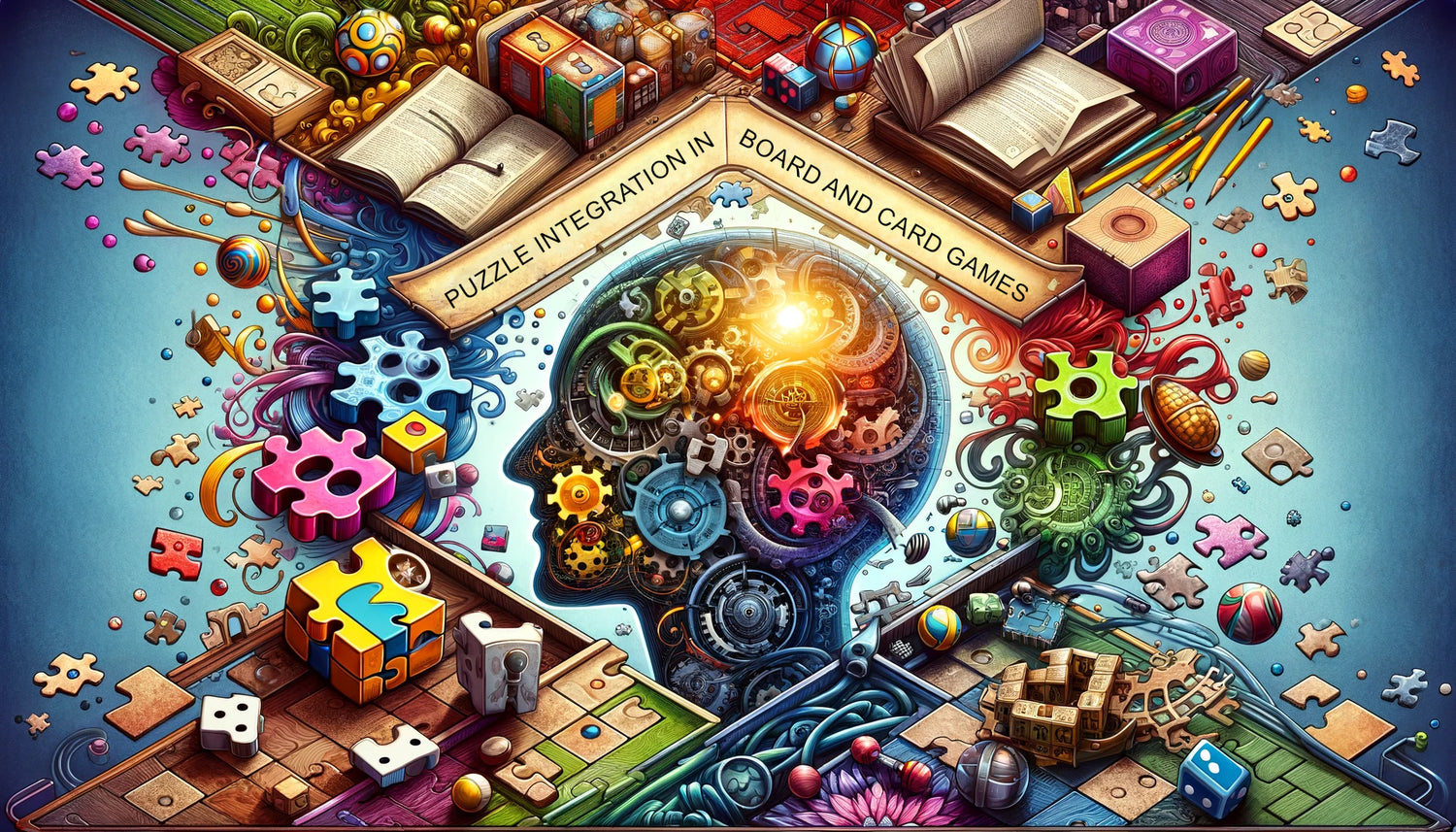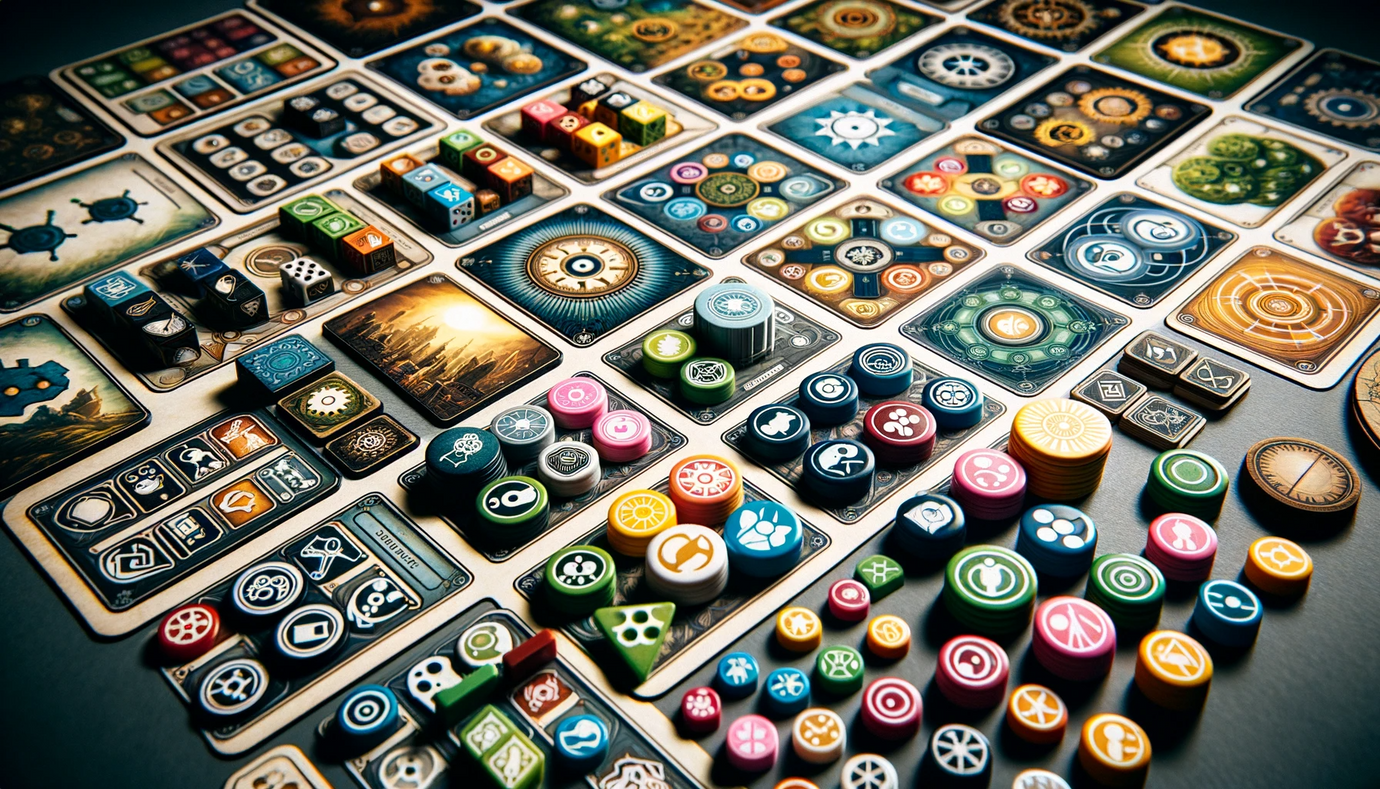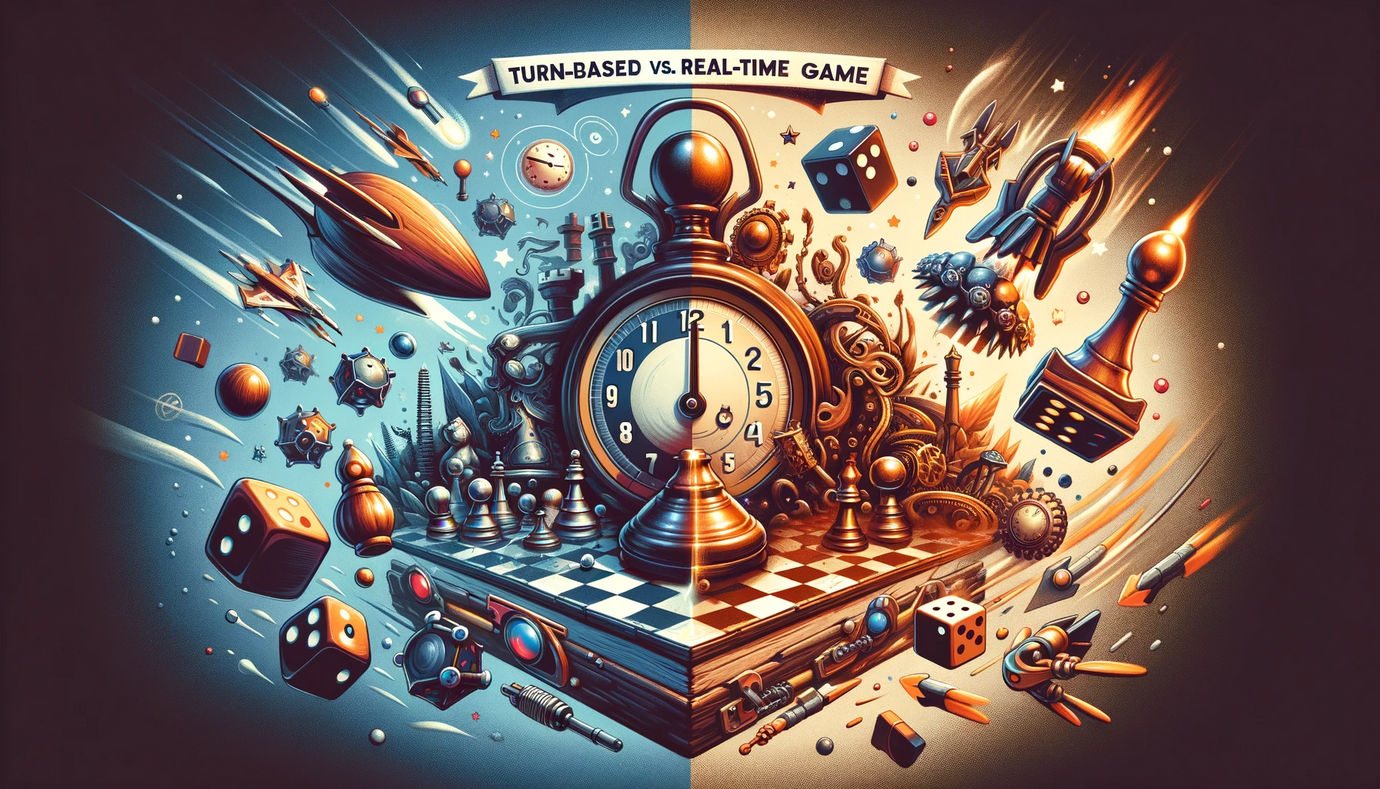Puzzle Integration in Board and Card Games

Introduction
Incorporating puzzles into board and card games can significantly enhance the player experience by adding layers of challenge, intrigue, and engagement. Puzzles, when well-integrated, can transform a simple game into a captivating mental adventure. This blog post explores how to effectively integrate puzzles into board and card games, ensuring they contribute positively to the gameplay and overall enjoyment.
Understanding the Appeal of Puzzles
Puzzles in games tap into the human love for problem-solving and discovery. They can range from logical deduction puzzles to spatial manipulation, word puzzles, or even intricate riddles. The key is to integrate them in a way that complements the game's mechanics and theme.
1. Defining the Role of Puzzles in Your Game
Purpose of Puzzles: Determine the role puzzles will play. Are they central to the gameplay, or do they serve as occasional challenges?
Aligning with Game Theme: Ensure the puzzles are thematically consistent with the game. Puzzles in a mystery-themed game, for instance, should feel like part of the detective work.
2. Types of Puzzles Suitable for Board and Card Games
Deduction Puzzles: These require players to solve a problem based on a set of clues or logical rules.
Sequence and Pattern Recognition: Puzzles where players must identify or create specific sequences or patterns.
Spatial Puzzles: Challenges that involve manipulating pieces or understanding spatial relationships, often used in tile-laying games.
Word and Number Puzzles: These can include crosswords, word searches, or mathematical challenges, depending on the game’s focus.
3. Balancing Puzzle Difficulty
Accessibility: Design puzzles that are accessible to your target audience. They should be challenging but not frustrating.
Scalable Difficulty: Consider implementing puzzles with scalable difficulty levels, allowing players of different skill levels to enjoy the game.
4. Integrating Puzzles with Game Mechanics
Seamless Integration: Puzzles should feel like a natural part of the game, not an added-on element. They should flow seamlessly with other game mechanics.
Rewarding System: Incorporate a rewarding system for solving puzzles, such as advancing in the game, gaining resources, or unlocking new game aspects.
5. Using Puzzles to Enhance Narrative
Narrative Puzzles: If your game has a strong narrative, use puzzles to advance the story. Solving a puzzle could reveal a part of the story or lead players to the next chapter of the game.
Thematic Puzzles: Design puzzles that reflect the game’s theme. For instance, in a historical game, puzzles could involve decoding an ancient script or solving a historical riddle.
6. Designing Puzzles for Replayability
Variable Puzzles: Create puzzles that can change each time the game is played. This could be through randomization or modular components.
Multi-Solution Puzzles: Design puzzles that can be solved in multiple ways, encouraging creativity and increasing replay value.
7. Testing and Refining Puzzles
Extensive Playtesting: Test the puzzles with a variety of players to gauge their difficulty and enjoyability.
Iterative Design: Use feedback to refine the puzzles. Adjust complexity, instructions, and integration based on player responses.
8. Puzzle Presentation and Materials
Visual and Tactile Elements: Consider the visual and tactile aspects of puzzle components. High-quality materials and clear, engaging visuals can enhance the puzzle-solving experience.
Instructions Clarity: Ensure that the rules and objectives of the puzzles are clearly communicated. Ambiguity can lead to frustration and detract from the gameplay.
9. Incorporating Feedback and Adaptation
Adapting to Player Skill Levels: Be open to adapting puzzles based on player skill levels and preferences. This might involve simplifying complex puzzles or adding layers to more straightforward ones.
Responsive Game Design: Consider the overall balance of the game in light of the puzzles. They should add to the game, not overshadow other important elements.
10. Finalizing Puzzle Integration
Polishing Puzzle Design: Finalize the design of the puzzles, ensuring they are well-integrated, visually appealing, and offer a satisfying challenge.
Consistency Check: Review the game to ensure that the puzzles are consistently integrated throughout and maintain the game’s flow and balance.
Integrating puzzles into board and card games can significantly enrich the gameplay, offering players a unique blend of challenge, discovery, and satisfaction. By carefully designing puzzles that align with the game’s theme, mechanics, and narrative, and by testing and refining them for balance and enjoyment, you can create a game experience that stands out for its creativity and engagement. Remember, a well-integrated puzzle can turn a game from a simple pastime into a thrilling mental adventure.








